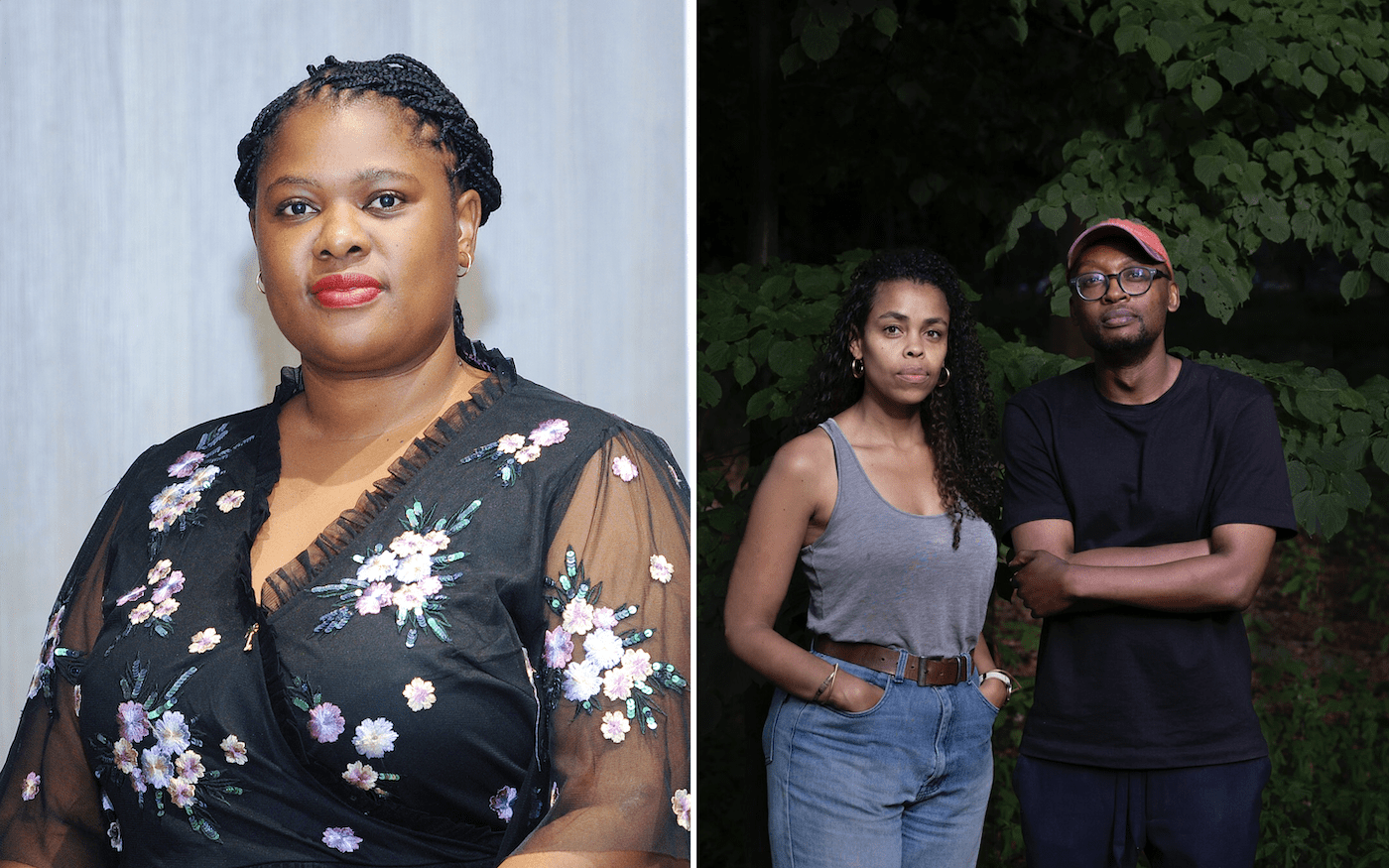Admire Kamudzengerere: The Annals of History
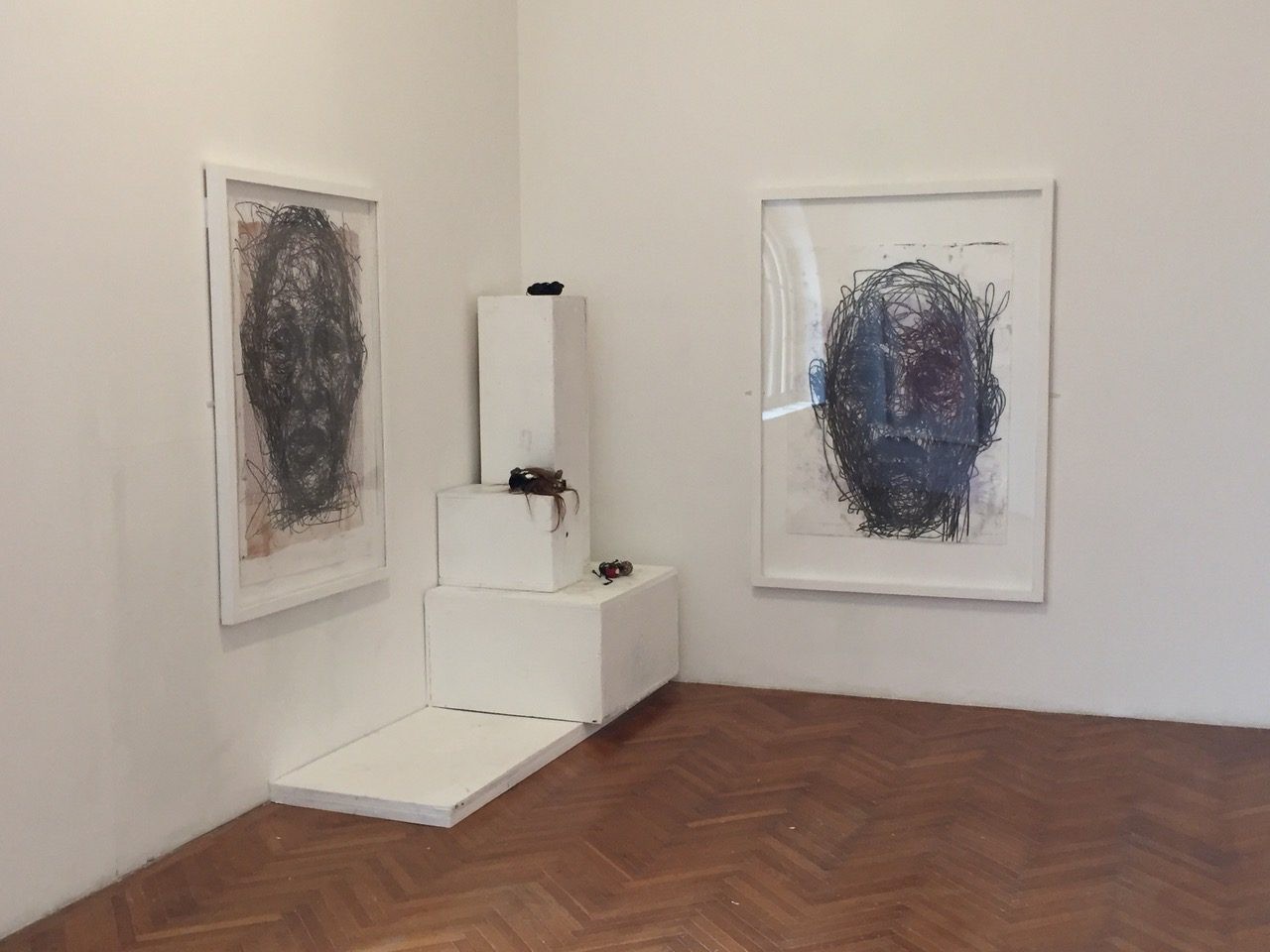
10 May 2017
Magazine C& Magazine
Words Jessica Aimufua
4 min read
The artist elucidates his contextual use of media and explains why sociopolitical issues are key elements of his work.
C&: In the past you've been working with various media, such as painting, drawing, performance or video installation. How would you characterise your artistic approach?
Admire Kamudzengerere: I like to think of my approach as utilising contextual media, centred around the situation I am enduring at a particular moment. The immediate resource within my surroundings influences what I create. What fascinates me is the urgency of the material, how it can be manipulated or how I can improvise; finding alternatives to experiment with, and explore. A good example is my use of a lithograph stone to make fast, instinctual self portraits while looking in the mirror. This is not a traditional approach, but certainly a much more immediate one than what is typically possible with the stone.
It’s an emotive process, and if what I am attempting to create resonates deeply with what I have within my reach, the result transforms into something I no longer control. Whether it comes from anger, happiness, or any multitude of feelings, I am always aware of my ability to destroy and create equally, all as a response to the tension in the atmosphere around me.
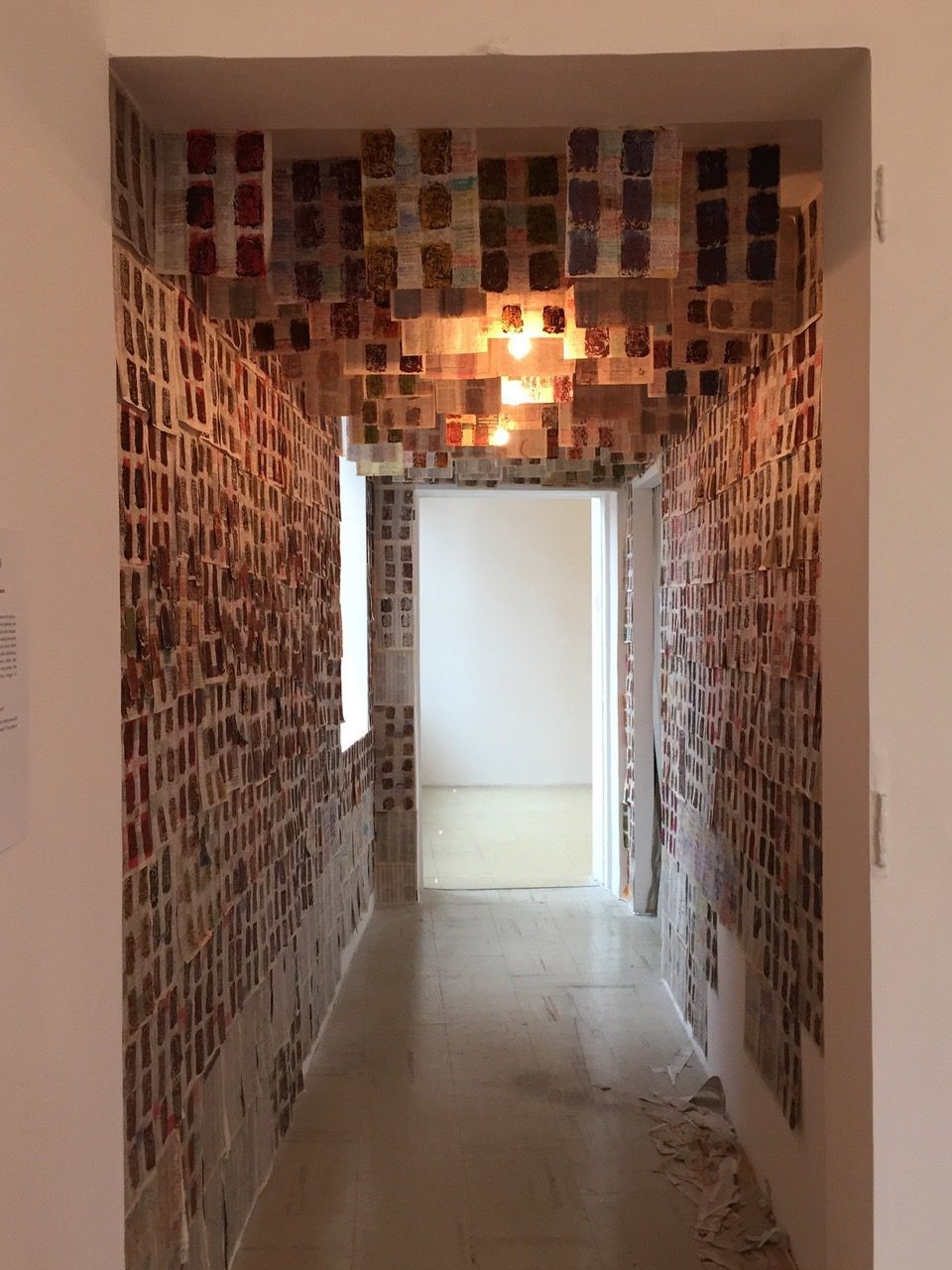
<figcaption> Admire Kamudzengerere, Registrar, 2017
C&: In your work topics like social justice, political violence and identity are inevitably linked. Could you tell us a bit more about that?
AK: It would be unnatural to practice from my standpoint and not address socio-political contexts. I deal with both the macro- and microcosmic issues of my background and present circumstances, both as a migratory individual, and an artist. Embedded within my work is my sense of human nature: What it is being African and how that is compounded with being a global citizen at this point in time. While boundaries are presented to us as purely cartographic, without any religiopolitical inclinations, I believe they remain permeable to culture.
The invention of paper is of key interest as it shifted society's expectations of itself. Paper opened the doorways to the identification of the individual - philosopher, poet, politician or parishioner. There was a means to draw the individual as they were, and a manner of inscribing oneself into the annals of history. Deeds, contracts, property ownership, and maps are among the documents; like ink bled on fibre. Such agreements have become the modern day brand, a gateway into a more formal mode of slavery. Ultimately in these external influences, you may find that an individual or a subject may be scarred and eventually be viewed as a statistic as opposed to being considered a human being... the indivisible entity.
C&: What can we expect of your contribution to the Zimbabwean Pavilion?
AK: For the Zimbabwen Pavilion, I am showing three types of work, all of which represent me as a Zimbabwean and simultaneously as an international artist. I am the youngest participant at the Pavilion and my grasp on new media brings a different dimension to the fold. In addition to my drawing and printing practice, I will be presenting a performance work in collaboration with Rachel Monosov, an Israeli artist I have collaborated with consistently over the past two years. I have come to the conclusion that a diversity of mind, body and technique is resonant and hopefully defying of the segregating nature of humanity. The culture clash of modern day intermixed with my migratory nature presents an overflow of influence, which seeps consciously and subconsciously into my work. My intentions are to project as much of this as I can, sensually appealing to the observer. If the work could operate as a mirror for the world, I wish for them to view themselves through my lens.
The Zimbabwe Pavilion is curated by Raphael Chikukwa and will be on show at the 57th Venice Biennale from 13 May 2017 till 26 Nov 2017 in Santa Maria della Pietà.
Interview by Jessica Aimufua.
Read more from
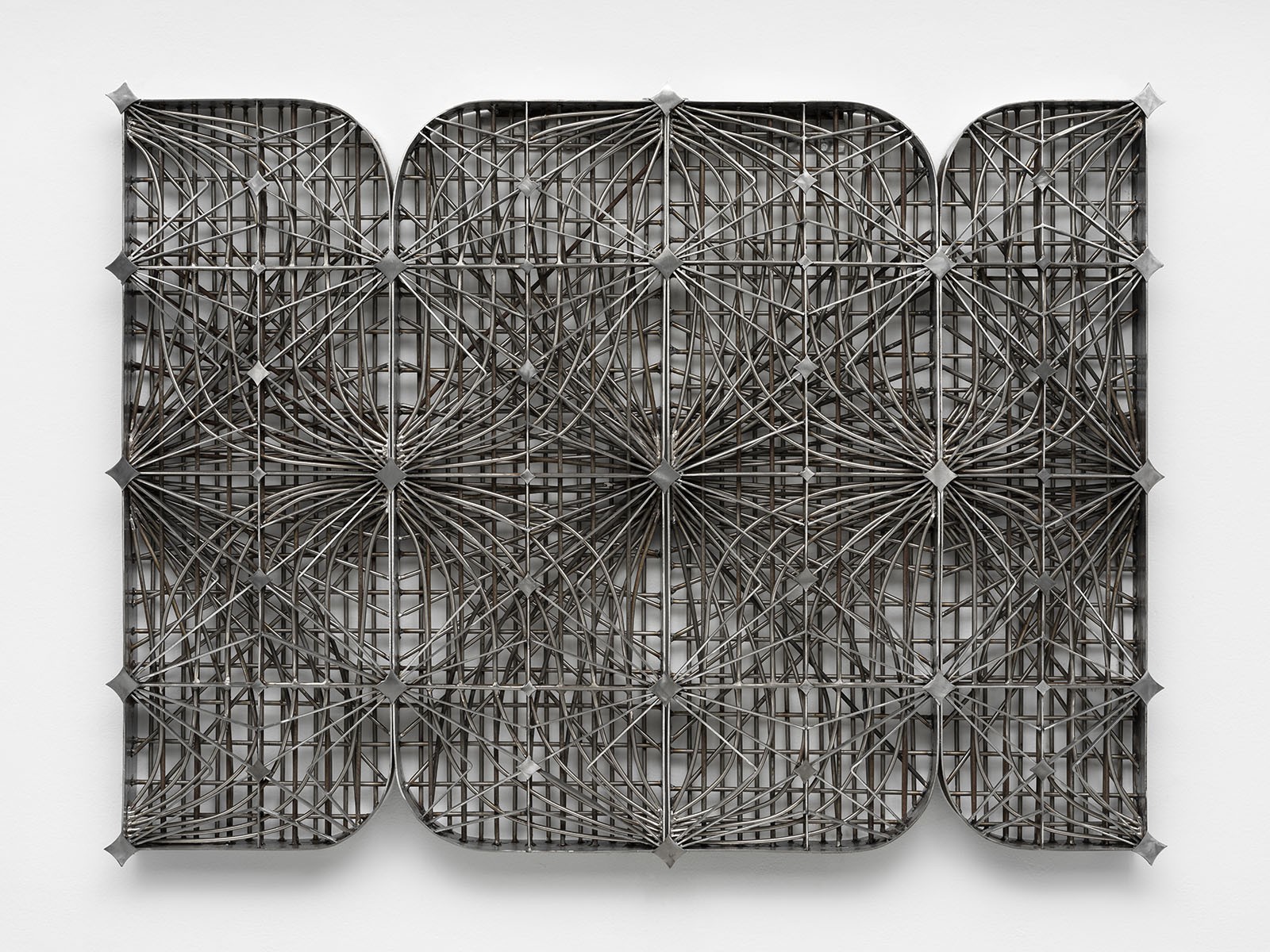
Jesús Hilário-Reyes: Dissolving Notions of Group and Individual
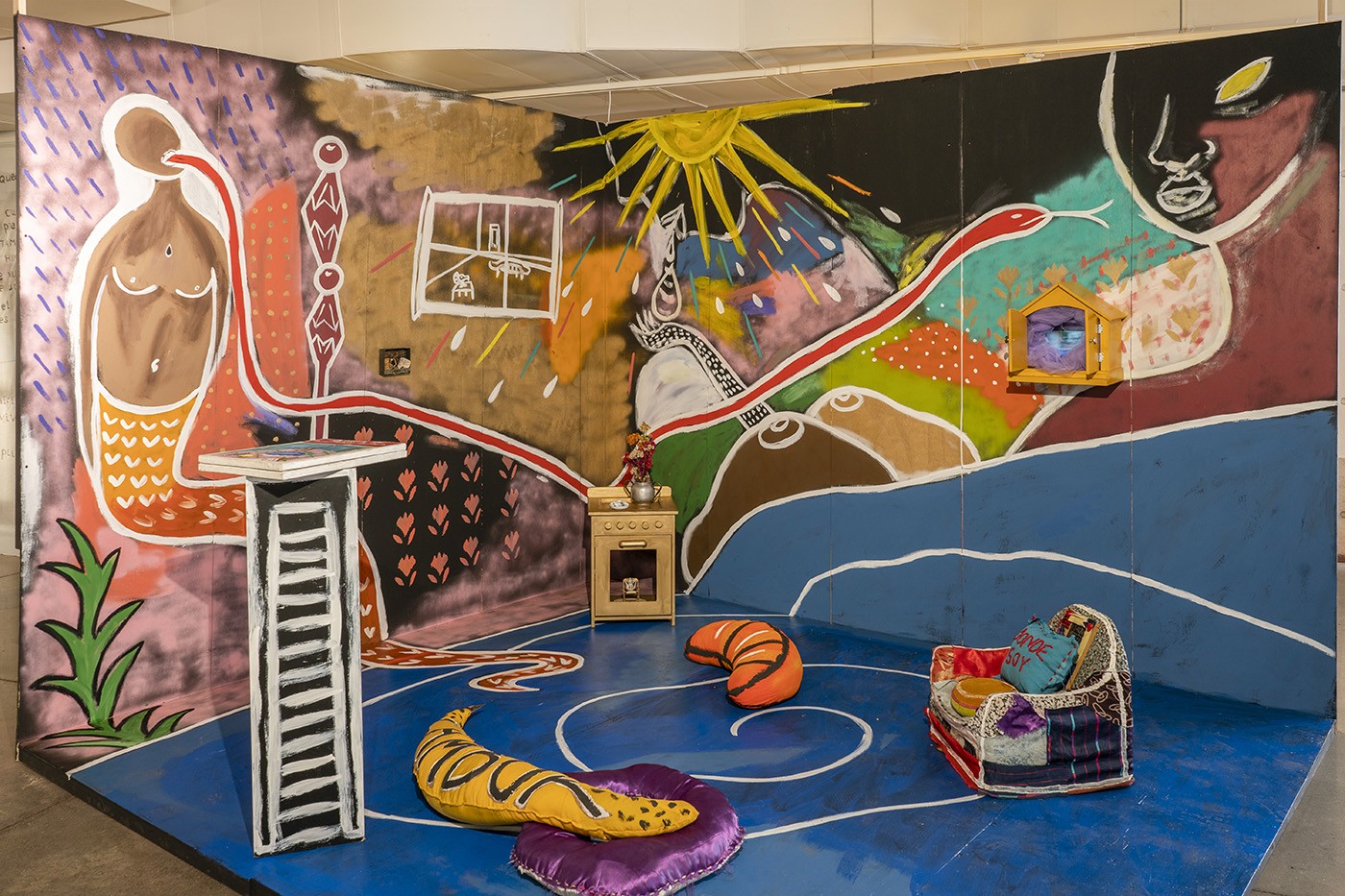
A Biennial that relates sound to space and bodies
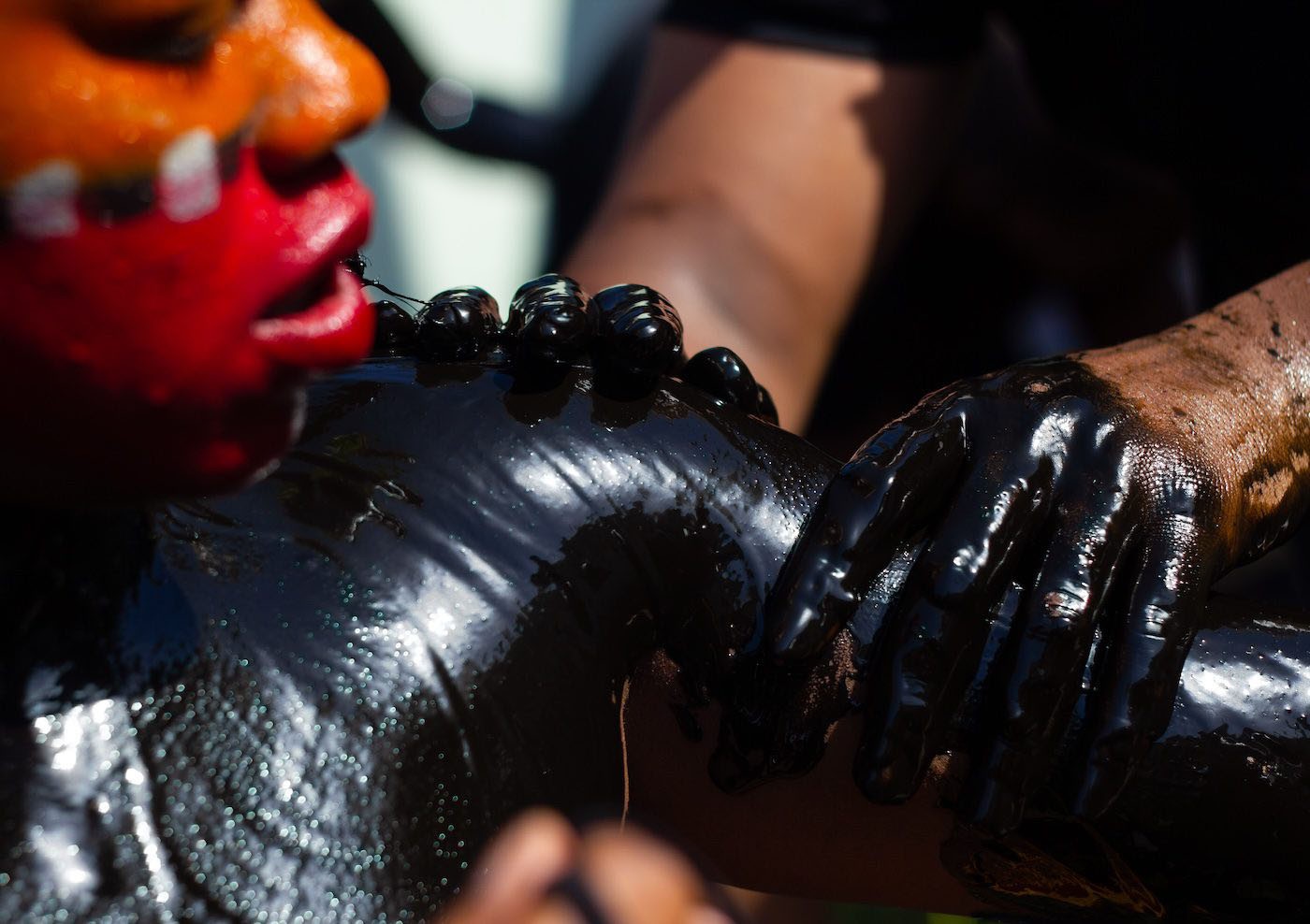
Anaïs Cheleux: Connecting Caribbean Identity Through Photography and Performance
Read more from
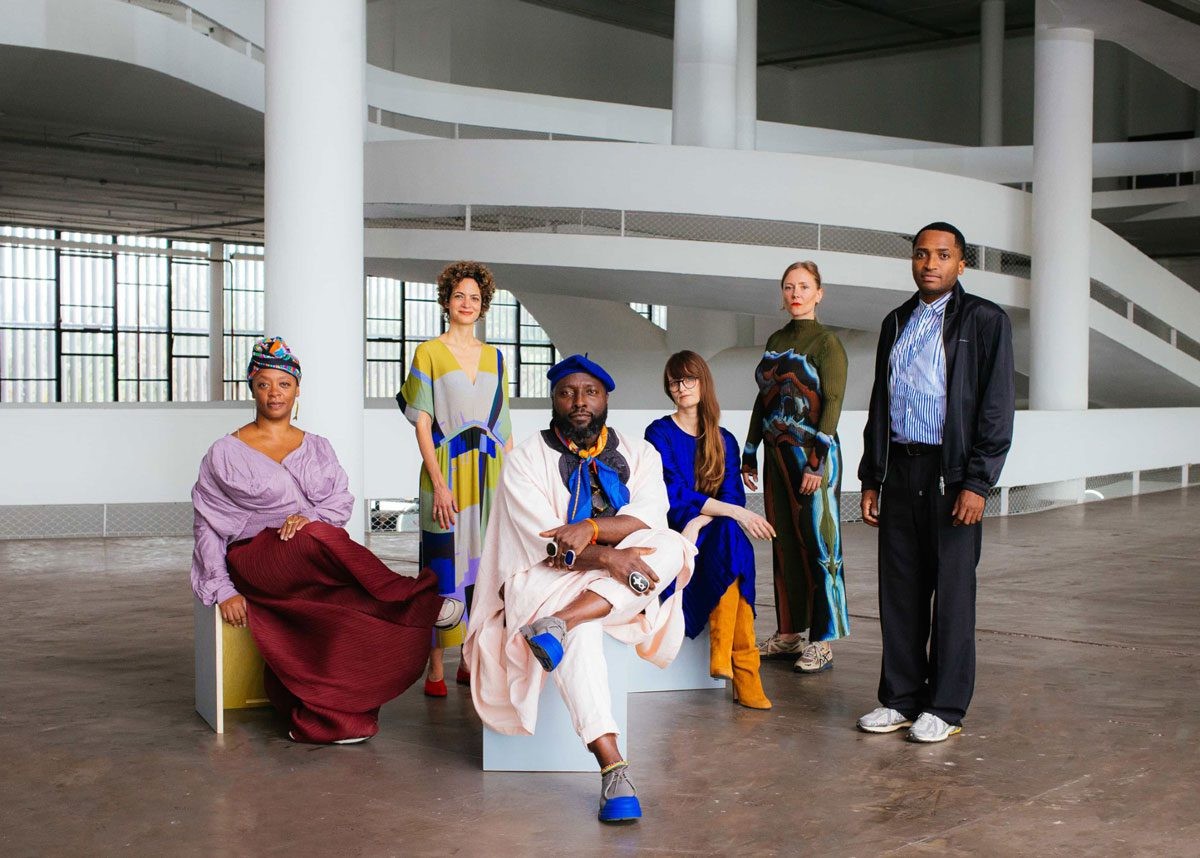
36th Bienal de São Paulo Reveals Title, Concept, Partnerships, and Visual Identity
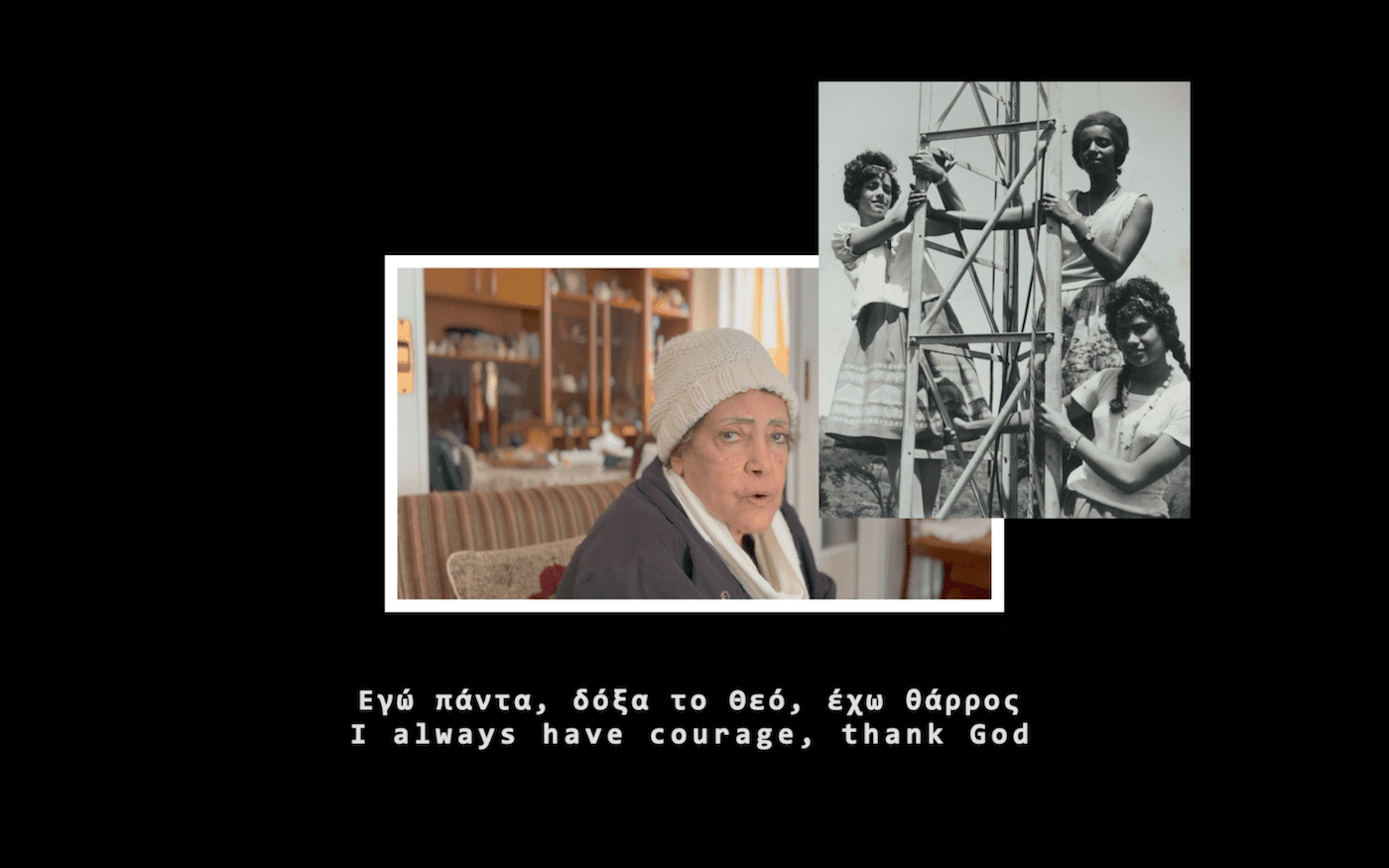
Agape Harmani: Trauma as an Essential Part of Diaspora
